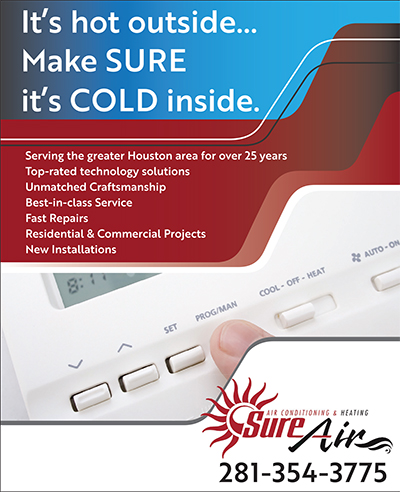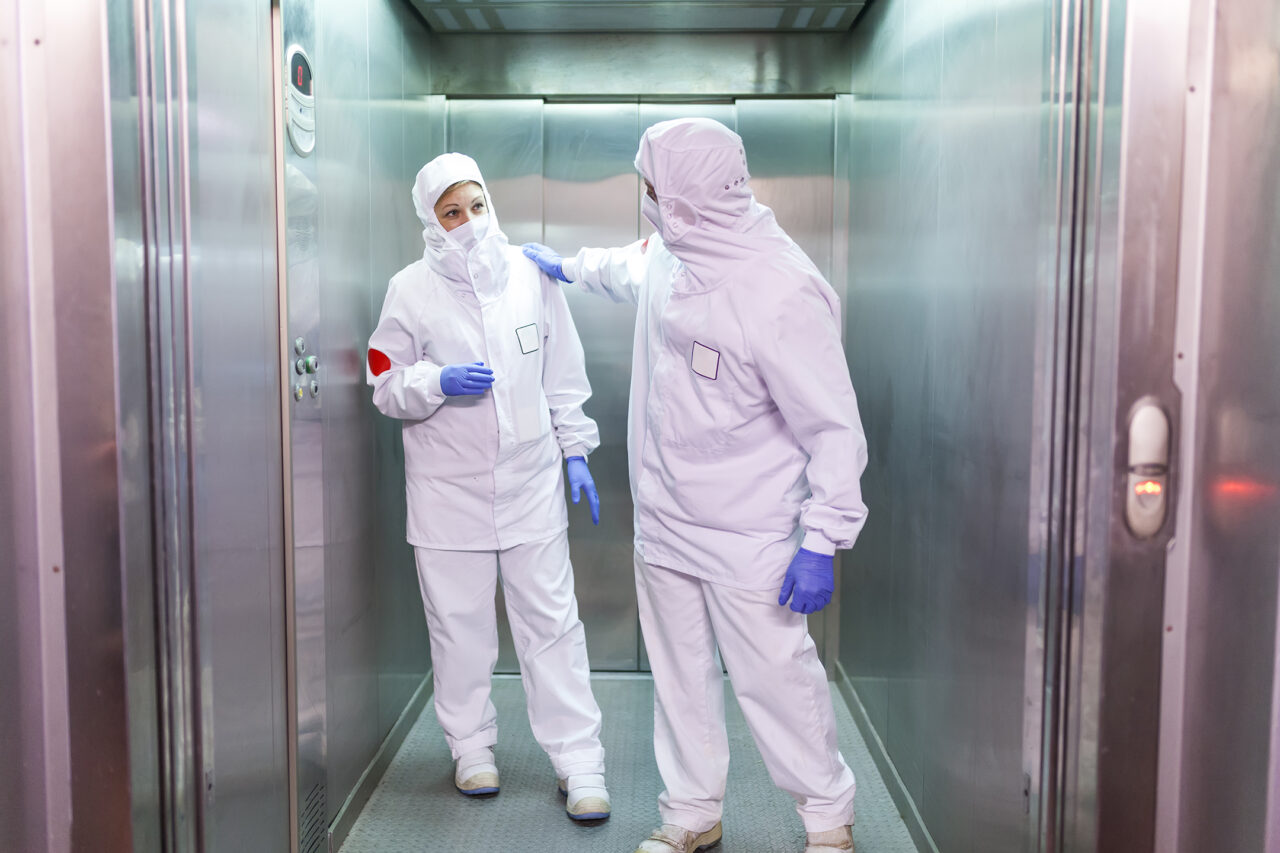 By Pamela Williams, Partner, Fisher Phillips
By Pamela Williams, Partner, Fisher Phillips
With the continuing COVID-19 pandemic, the Occupational Safety and Health Administration (OSHA) has placed an increased focused on the obligations of healthcare employers to provide employees a safe work environment. OSHA recently published an alert regarding COVID-19 guidance for nursing home and long-term care facility workers, with recommendations for practices to reduce the risk of exposure to the coronavirus. While the suggested practices are laudable, some of the recommendations may prove to be somewhat daunting for employers. Specifically, OSHA recommends that employers implement procedures that include maintaining at least six feet between workers, residents, and visitors, even when workers are performing their duties. Given the fact that many workers in nursing homes and long-term care facilities routinely provide direct care to critically ill residents and patients, the unfortunate reality is that the recommended distancing may frequently prove to be challenging, if not implausible. OSHA essentially acknowledged the inherent difficulties of such a measure by indicating that the desired spacing should be implemented “to the extent possible”.
OSHA also recently issued an interim guidance to its area offices on how to handle Covid-19 related complaints, indicating that employers in “high risk” industries such as hospitals and nursing care facilities will likely remain an area of enforcement focus. OSHA’s increased focus on the healthcare industry comes at a time when COVID-19 complaints and investigations have dramatically increased. In fact, there has been a 60% increase in investigations against hospitals and nursing care facilities from this same time period in 2019. Moreover, the number of COVID-19-related complaints filed against hospitals and nursing homes is almost triple that of any other industry. As evident from these startling statistics, it is imperative that healthcare employers remain compliant with OSHA regulations, while also understanding the inspection process during the pandemic.
OSHA’s Safety Standards
In light of OSHA’s increased focus on the healthcare industry, employers should have a firm understanding of the agency’s standards. OSHA requires employers to provide their employees with appropriate personal protective equipment (PPE) to prevent workplace exposure to Covid-19. Under OSHA’s “General Duty Clause,” employers are also required to mitigate recognized hazards that are causing or likely to cause death or serious injury.

Navigating an OSHA Inspection
Despite best efforts at compliance, an employer may be faced with an OSHA inspection. OSHA’s interim enforcement plan provides guidelines for inspectors to follow when conducting COVID-19 related inspections.
As might be expected during a pandemic, OSHA is prioritizing fatalities, imminent danger situations, and very high and high risk exposure categories for inspections and investigations. Should OSHA conduct an on-site inspection (which may be somewhat less common in the short term), the compliance safety and health officers (CSHOs) will wear appropriate personal protective equipment (PPE). CSHOs must also adhere to “any facility-imposed PPE requirements” during the inspection.
The inspection will begin with an opening conference, which will occur either telephonically, or in a “designated, uncontaminated administrative area”. The CSHO will likely request to speak with the safety director or employee responsible for occupational health hazard control. CSHOs will be required to maintain social distancing during any on-site inspection.
Following the opening conference, the inspector may request documents and seek to conduct employee interviews. The interviews will also occur telephonically or in an uncontaminated area. With respect to OSHA document requests, the inspector may seek the following information:
- Written pandemic plans as recommended by the Centers for Disease Control and Prevention (CDC)
- Procedures for hazard assessment and protocols for PPE use with suspected or confirmed Covid-19 patients
- Lab procedures for handling testing specimens and procedures for decontamination of surfaces
- Medical records related to worker exposure incident(s)
- Respiratory protection programs and modified respirator policies relating to COVID-19
- Employee training records, including records of training related to COVID-19 exposure prevention
- Provisions made by the employer to obtain and provide appropriate and adequate supplies of PPE
- OSHA logs
The inspector may also conduct a walk-around, but should not take photographs or video of patients, or otherwise interfere with the provision of medical services. CSHOs should also refrain from entering patient rooms or treatment areas during the performance of high hazard medical procedures.

As evident from the potential document requests, OSHA is directing inspectors to consider compliance with specific standards, including those regulating PPE, recordkeeping, eye and face protection, respiratory protection, and sanitation, among others. Should OSHA determine that a standard has been violated, a proposed Citation must be reviewed with the Regional Administrator and National Office prior to issuance.
How Can Healthcare Employers Ensure OSHA Compliance During the COVID-19 Pandemic?
While the healthcare industry is facing a myriad of challenges in dealing with the COVID-19 pandemic, there is unfortunately no one-size-fits-all solution to ensure OSHA compliance. However, any effort to ensure ongoing OSHA compliance should begin with a review of relevant company policies, including those relating to social distancing and PPE. In accordance with OSHA’s recent alert, employers should require employees to keep a safe distance of at least six feet unless specific circumstances (such as direct patient care) do not allow. To ensure appropriate social distancing, employers may be required to close or modify allowable occupancy of common areas or restrooms. When social distancing cannot be maintained, employers should consider other safety measures such as barriers or PPE.
Employees should also be trained regarding proper use and care for PPE, and instructed to notify supervisors when PPE is damaged, worn, or needs to be replaced.
Finally, it goes without saying that employers may face challenges in implementing certain safety measures during the COVID-19 pandemic, including those relating to shortages of PPE supplies. In these situations, employers should document the challenges and be able to explain to OSHA the reasons compliance with the specific safety measure is not possible.


